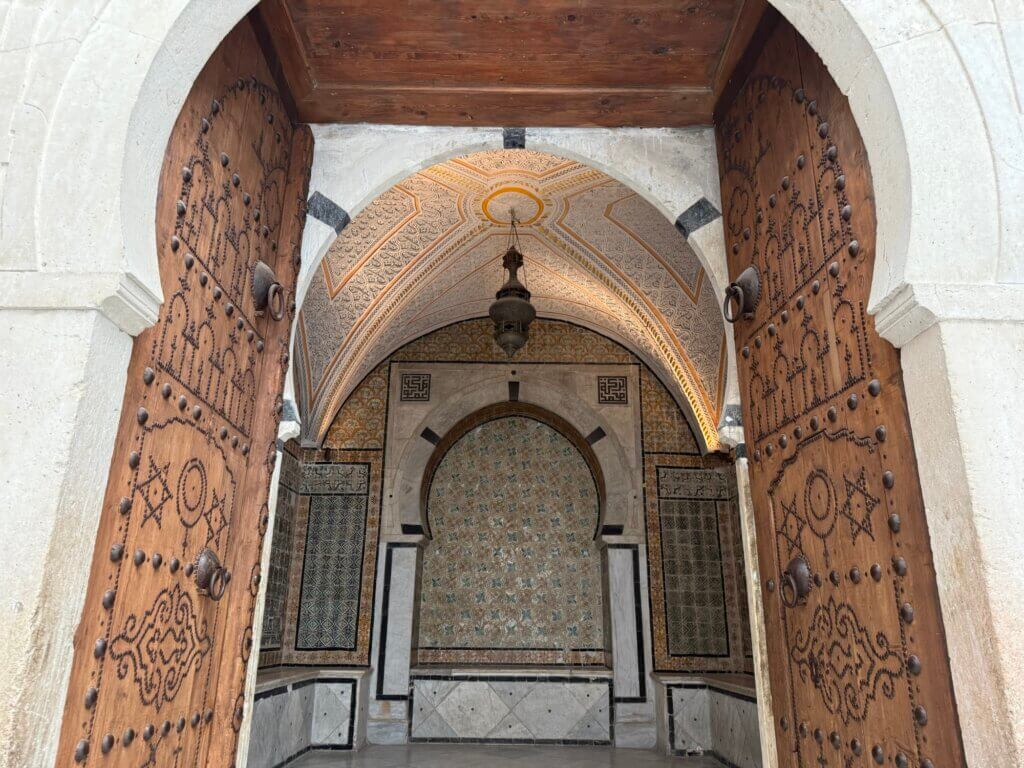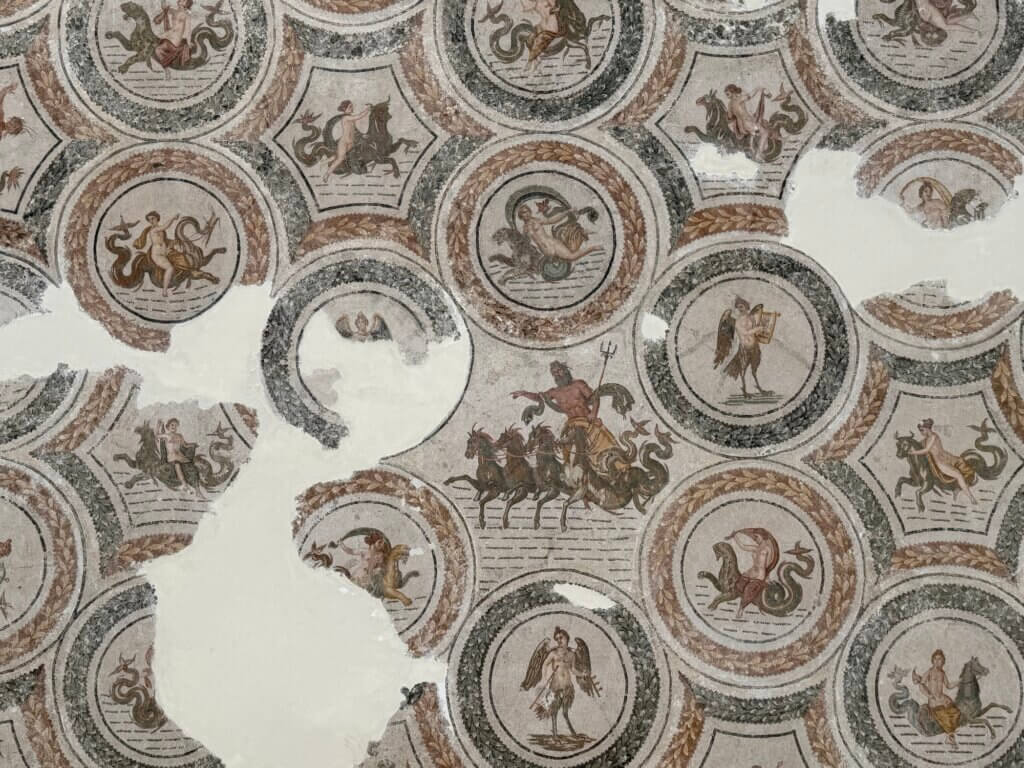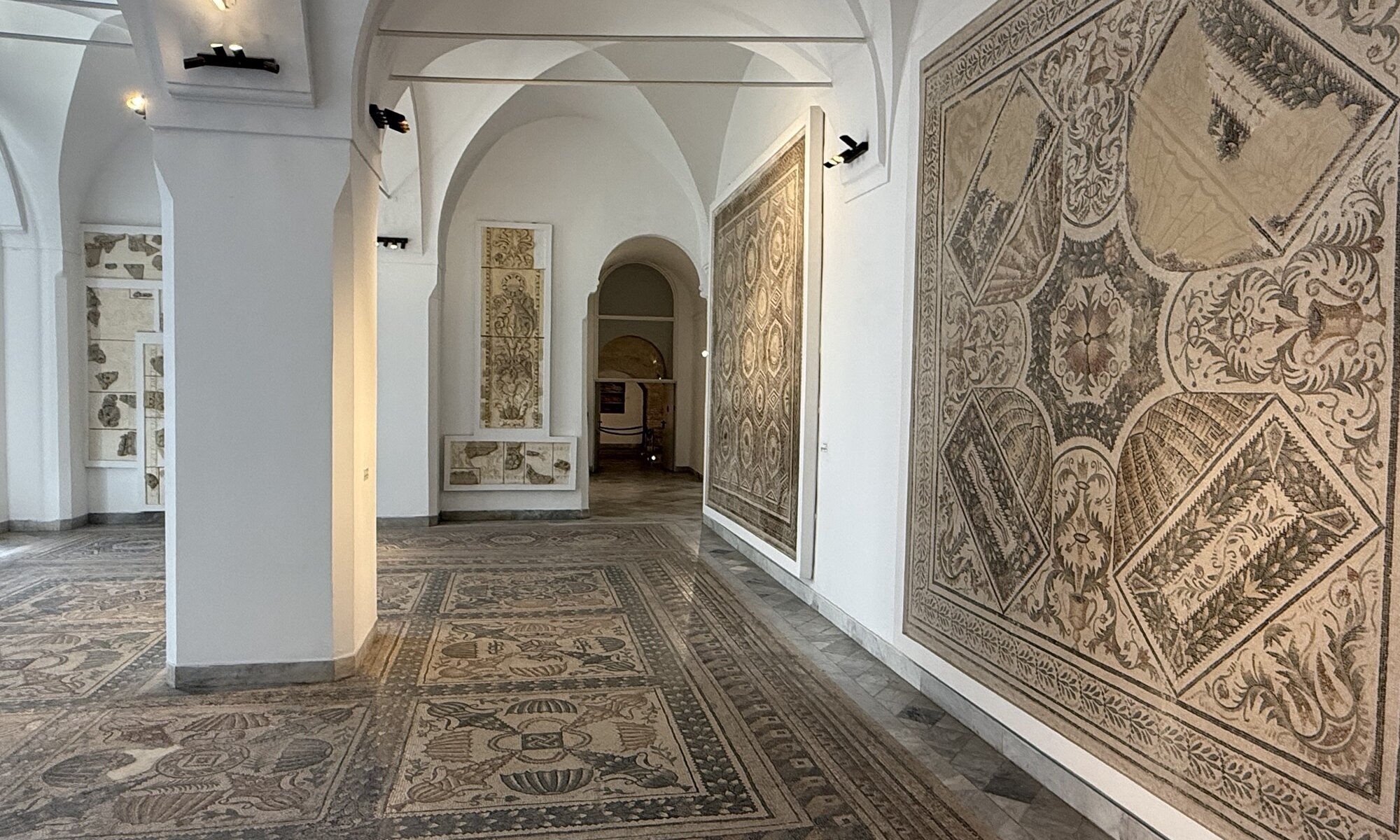The Musée National du Bardo in تونس is housed in a magnificent 19th-century beylical palace, originally built as a royal residence, which combines Andalusian-Moorish, Ottoman, and Italian architectural influences. Established as a museum in 1888, it is one of the most important and oldest museums in the Mediterranean region and the second largest on the African continent after the Egyptian Museum of Cairo. The museum’s setting itself is a historical monument, offering visitors a glimpse into Tunisia’s royal past alongside its rich collections.



The museum’s collections span several millennia, showcasing Tunisia’s diverse cultural heritage from prehistoric times through the Punic, Roman, and Islamic periods. It is especially renowned for its vast and exquisite collection of Roman mosaics, considered among the finest in the world, sourced from ancient sites such as Carthage, Dougga, and Utica. These mosaics vividly depict scenes from daily life, mythology, and history, providing invaluable insights into Roman Africa. The museum also houses significant Roman statues, Libyco-Punic artifacts including grimacing masks and stelae, Greek sculptures like the marble bust of Aphrodite from the Mahdia shipwreck, and Islamic art such as the famous Blue Qur’an of Kairouan.
The Musée National du Bardo not only preserves Tunisia’s archaeological treasures but also reflects the country’s layered history through its architecture and exhibitions. After Tunisia’s independence, the museum was renamed from the Alaoui Museum to the Bardo National Museum, emphasizing its national significance. In recent years, it underwent a major renovation and expansion completed in 2012, which doubled its exhibition space and modernized its facilities, allowing for a better presentation of its collections and enhanced visitor experience. The museum also integrates modern technology, offering digital guides in multiple languages to enrich the historical context for visitors.
Despite its cultural prominence, the museum was tragically targeted in a terrorist attack in 2015, which profoundly affected Tunisia and the international community. Nevertheless, the Musée National du Bardo remains a vital cultural institution, drawing hundreds of thousands of visitors annually who come to explore Tunisia’s rich history and artistic heritage. Its collections serve as a testament to the country’s role as a crossroads of Mediterranean civilizations and its enduring legacy in the ancient and Islamic worlds. Getting there is easily possible by suburban train from the gare central: just buy a ticket for one dinar at the station and take the regional train to the station Bardo.
Musée National du Bardo
تونس
Tunisia
Loading map...


